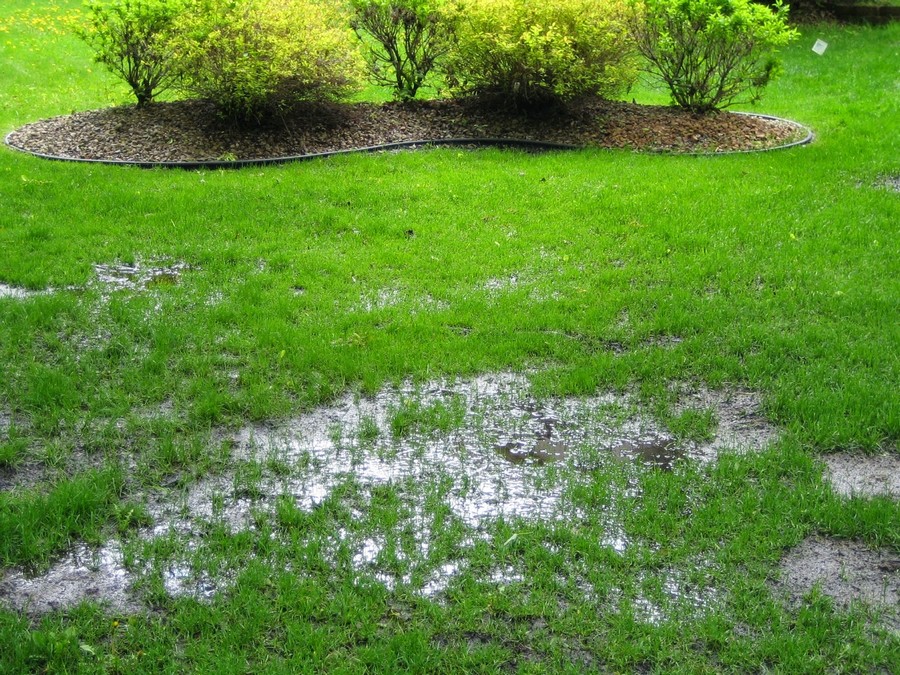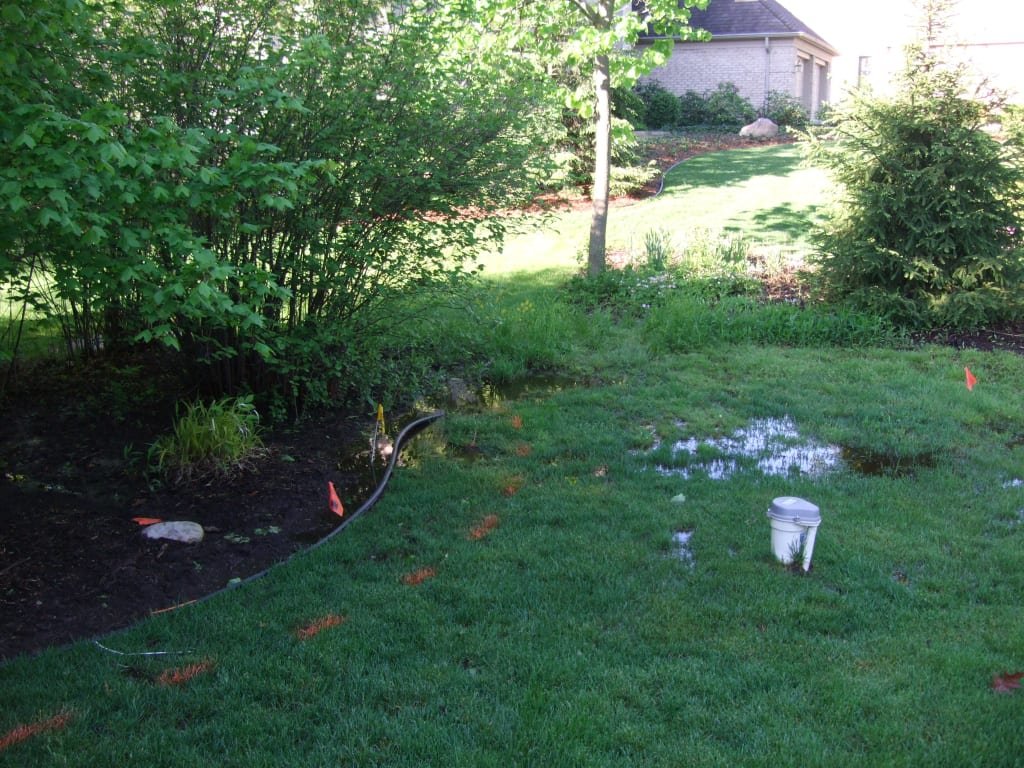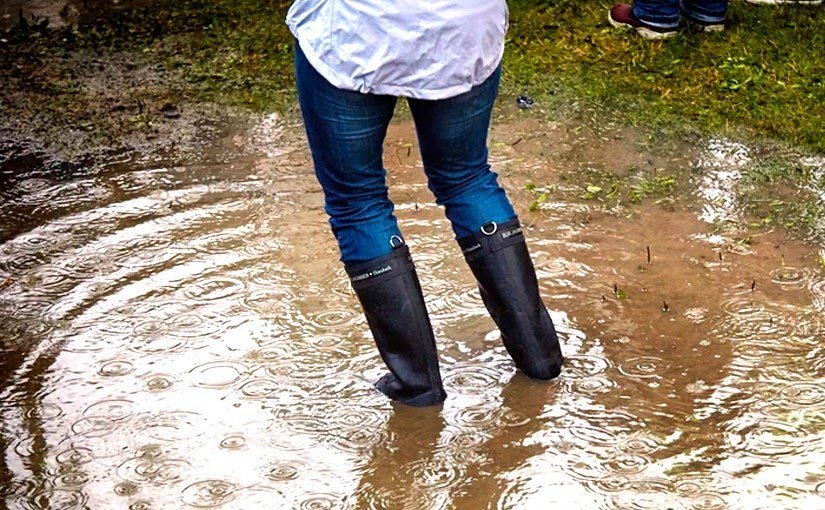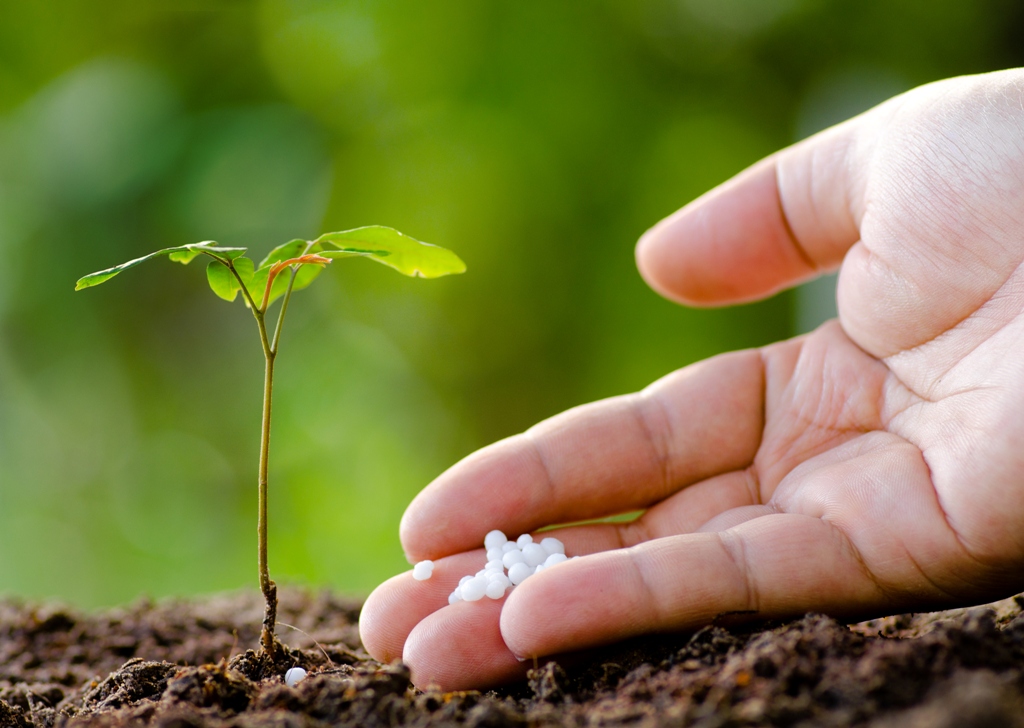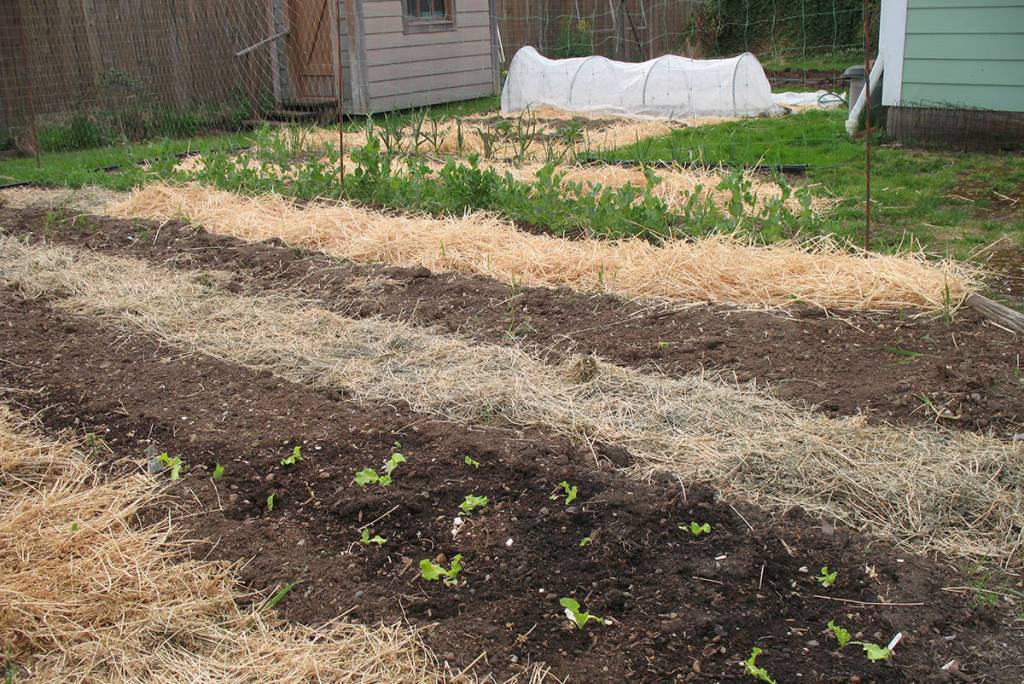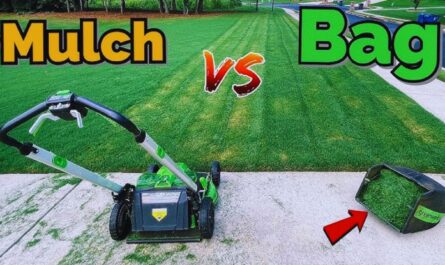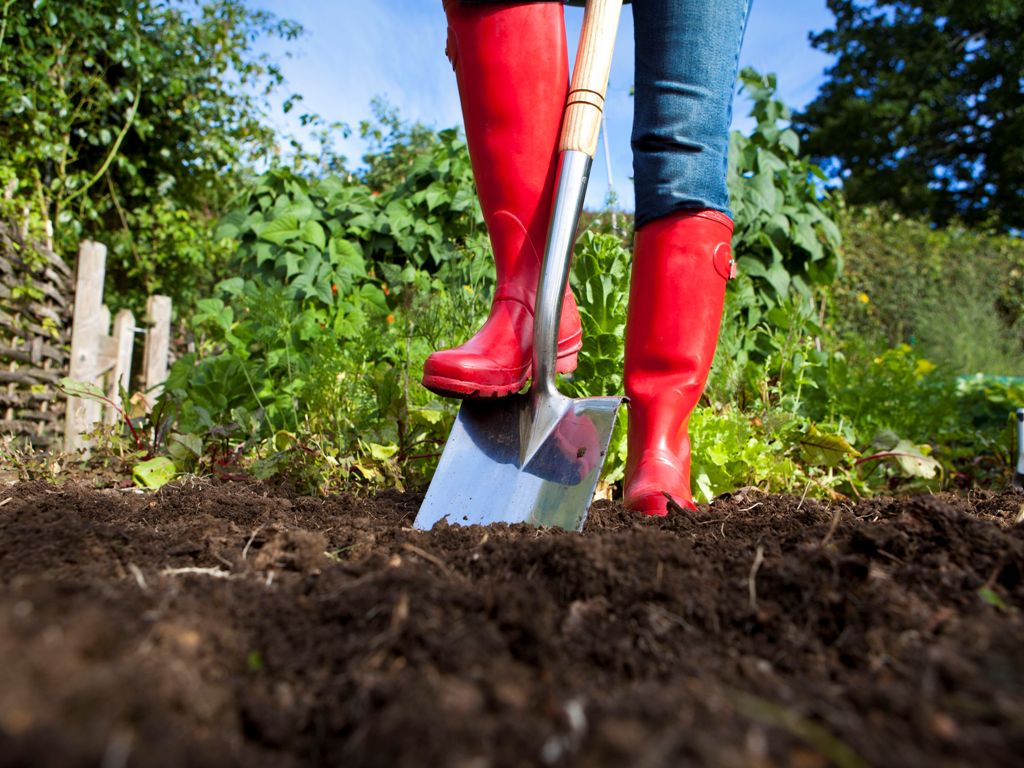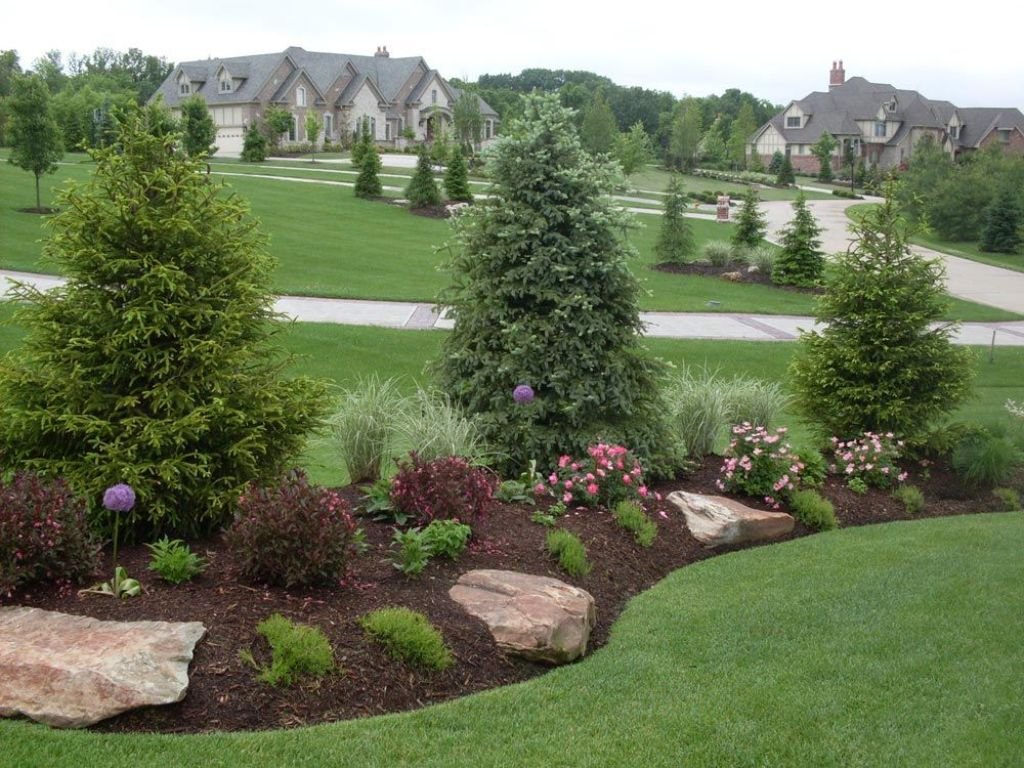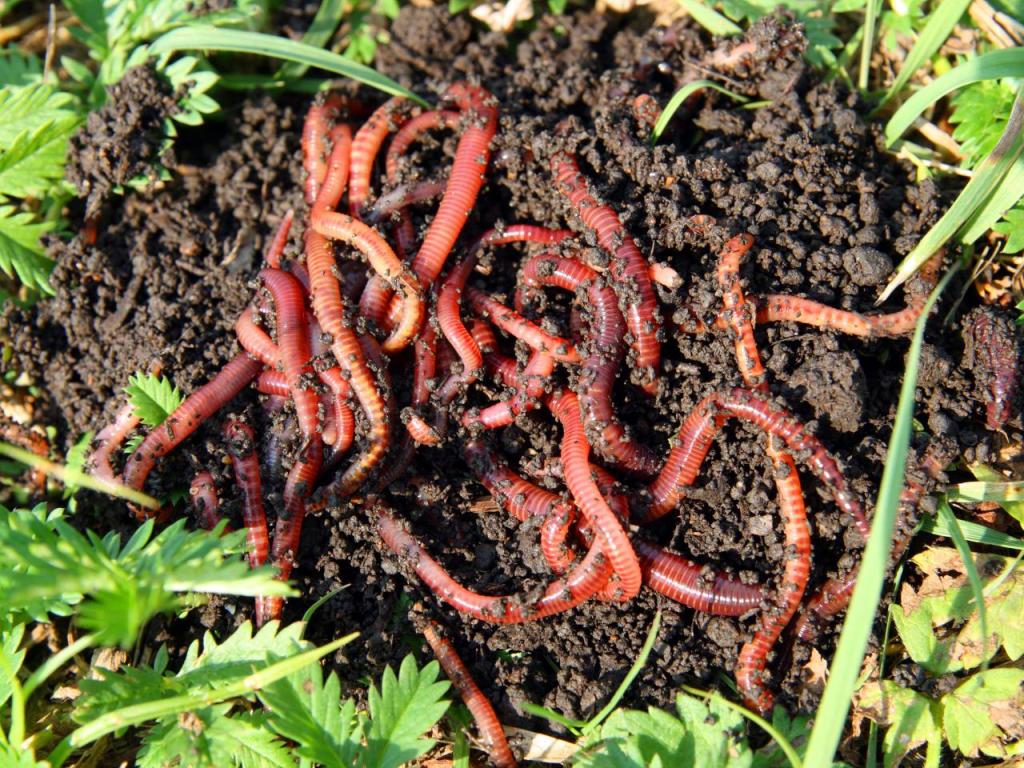If you are a homeowner, it is essential to address water drainage problems in your garden as soon as possible, as improper drainage can damage your home’s foundation. It leads to cracks in the foundation, water leaks, flooding of the foundation, and even mold.
Think about how and why most drainage problems occur to understand better how to solve drainage problems in your garden. It’s also worth considering why poor drainage is such a significant issue, so you know how important it is to address it on your property!
One of the disadvantages that can ruin a perfect lawn is improper drainage. Solving drainage problems in your garden is never as easy as installing a borehole pump. The water has to go, preferably somewhere where the neighbor is not complaining. A well-drained yard uses the collected water to save on water bills. It keeps water away from the building’s foundations and does not leave it in pools that destroy lawns and plants.
Common Causes of Landscape Drainage Problems
Knowing the causes of common landscape drainage problems can help you better understand how to fix these problems on your property! Some of these reasons are:
- Regardless of whether the gutters are clogged or not, water runs off the sides and floods the lawn. When gutters separate from gutters, rainwater can drain off the roof and behind the gutters, flooding gardens, and objects.
- Poor soil is another cause of landscape drainage problems. Simply put, your home base should be slightly raised to allow water to flow down a gutter, driveway, or street.
- If you don’t place or approach individual plants in your home, the land on the site can store water and moisture. Large terrain objects such as massive rocks or surrounding walls can also block the correct flow of water.
- Paved surfaces and underground structures such as recessed swimming pools or septic tanks can cause the floor of the system to retain moisture and not leak.
- The homeowner usually causes soil drainage problems. For example, if you dig a site for a new garden or a new groundwater reservoir, you can compact the soil to absorb water. It is also impossible to accurately assess the site if you are going to excavate.
- An extension like a barn or detached garage can create a dam-like view on your property to trap water and moisture. These types of structures must be carefully planned so as not to interfere with proper drainage.
How to Fix Water Drainage Problems in Yard
Installing the correct garden drain and regular inspection is usually the answer. But sometimes a professional call is inevitable.
Although it can be expensive, you can be sure that a professional will find the most effective approach to the problem and, above all, you don’t have to worry about potential health problems.
Let’s take a look at some of the leading solutions:
Install the French drain
The French sewer system is one of the oldest and most versatile when it comes to sewer problems. It usually consists of a perforated tube covered by a fabric filter and surrounded by gravel.
It works by spreading water over a large area through a perforated tube. If designed correctly, this system does not require an electrical outlet. Water filters into the soil as it flows through the pipe.
The disadvantage of the French sewage system is that when digging trenches, the installation can be too large and dirty.
Create a Dry Well
A dry well is a significant technical well filled with gravel-like aggregate, which retains water and leaves more time to dive into the ground. After a natural filtration process, the water eventually becomes the local groundwater. The significant advantage is that it is environmentally friendly.
You can even increase the capacity of your dry well by connecting it to a French sewer. In general, a dry well should be large enough to collect the first twenty minutes of rain.
Build a Rain Garden
If your garden has little space to collect water, you should build an enclosure for rain. A rain garden means you have a place in your yard where water is stored and filled with plants that love water.
Although this does not solve the annoying courtyard problem, a rain garden looks much better than a wet pit. They are also environmentally friendly and reduce runoff and associated rainfall.
If you are concerned that your rain garden looks like a pond, you can add drainage to collect excess water before it drains. The most important thing is to choose the right plants for the soil conditions.
Underground Drainage Pipe
An underground drainpipe is one of the most effective ways to remove water from the ground when draining.
To create a drain, you must first dig an inclined trench that starts at the source and ends at the exit. Then, bury the plastic trap at the source and connect it to the drain. For this system to work, the place where the water is drained must be lower than the entrance.
Experts believe that this drainage system has an advantage over the French pipe, as no gravel is needed for drainage, and the pipe is stable and not drilled.
Conclusion
The bottom line is that you need to take your drainage problems seriously and that it is best to go to a professional.
All properties are different, so a professional design must fit your specific problem.

